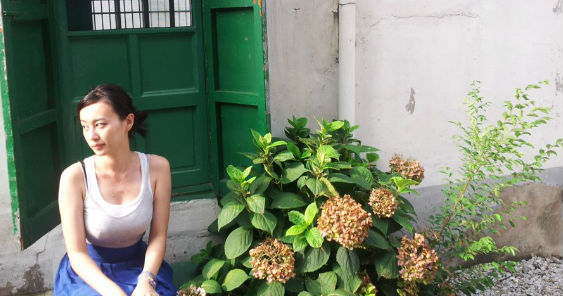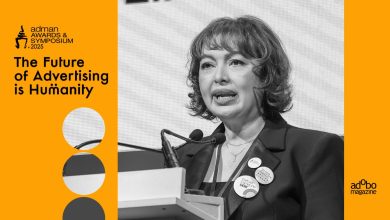SOUTH KOREA – Toward the end of January, fathers get busy and mothers reserve themselves, while children get excited. The biggest holiday in Korea is coming. Korean New Year’s Day, also named “Seol,” is one of the two biggest holidays along with the Korean Thanksgiving Day “Chuseok.” Even after the adaptation of solar calendar, Koreans still celebrate Seol on Lunar New Year’s Day to uphold the tradition.
Fathers become strained when Seol draws near, taking a deep breath and stretching their fingers as they gaze at computer screens, because it is time to jump into ticketing competition. For last few decades, a great number of people have moved to Seoul to get jobs. The traffic jam is enormous in holidays as people visit their parents who live in suburbs. To avoid the traffic congestion, many of them struggle to get plane or train tickets. Nowadays, more and more families choose to travel abroad or stay at home at Seol, and visit their parents a week earlier or later instead.
For mothers, it is more than being tensed up. The Seol holiday lasts three days: the day before Lunar New Year’s Day, Lunar New Year’s Day itself, and the day after. In the morning of Lunar New Year’s Day, Koreans hold ancestral rites to pay respect to ancestors and to wish good luck. Food for the rite and family gathering is usually prepared by female members of the family. What is interesting is that the sales of luxury goods increase after Seol. Probably, women are giving themselves a reward or husbands are buying presents for their wives to thank their hard work. Certainly, marketers would not miss that point. Lots of shopping malls launch various events such as a special discount fair or a lucky draw to win resort vouchers to comfort these exhausted wives.
 Cheil Worldwide and KGC worked together to launch the “Certificate of Award” campaign to celebrate Seol
Cheil Worldwide and KGC worked together to launch the “Certificate of Award” campaign to celebrate Seol
Of course, the most excited are children. Children in Korea long for Seol more than Christmas because they receive New Year’s money. After the ancestral rites, younger people bow to the elders for their health, and elders give words of blessing in return. For children, pocket money or New Year’s money is given along. Children plan what they would buy with the New Year’s money even before Seol, and boast about the amount they got in front of their friends after Seol. Department stores and shopping malls hold toy sales event, and game companies promote certain items at special rates to lure children into purchasing them.
Among various marketing efforts around Seol, gift market is perhaps the largest market. Koreans have a culture of presenting gifts to parents and friends in holidays to express their gratitude. Brands deliver messages saying, ‘Send a gift to people you love’ and promote various gift packages or sales event for Seol. Cheil Worldwide and KGC (Korea Ginseng Corporate) recently launched the “Certificate of Award” campaign. Through KGC website, consumers can type in a word of compliment, and the website creates a certificate of award with the message. It is a win-win campaign for both consumers and the brand as consumers can thank someone in a special way through giving the certificate to a person they love, while brands can encourage consumers to buy ginseng as a gift through an embedded message.
Despite of the accompanied tension and hard work, Seol is indeed the happiest holiday in Korea as family gather to celebrate together – even for marketers who get busy in these seasons. I wish readers all the best and Happy New Year!
ABOUT THE AUTHOR: Jia Kim is a copywriter at Cheil Worldwide.








